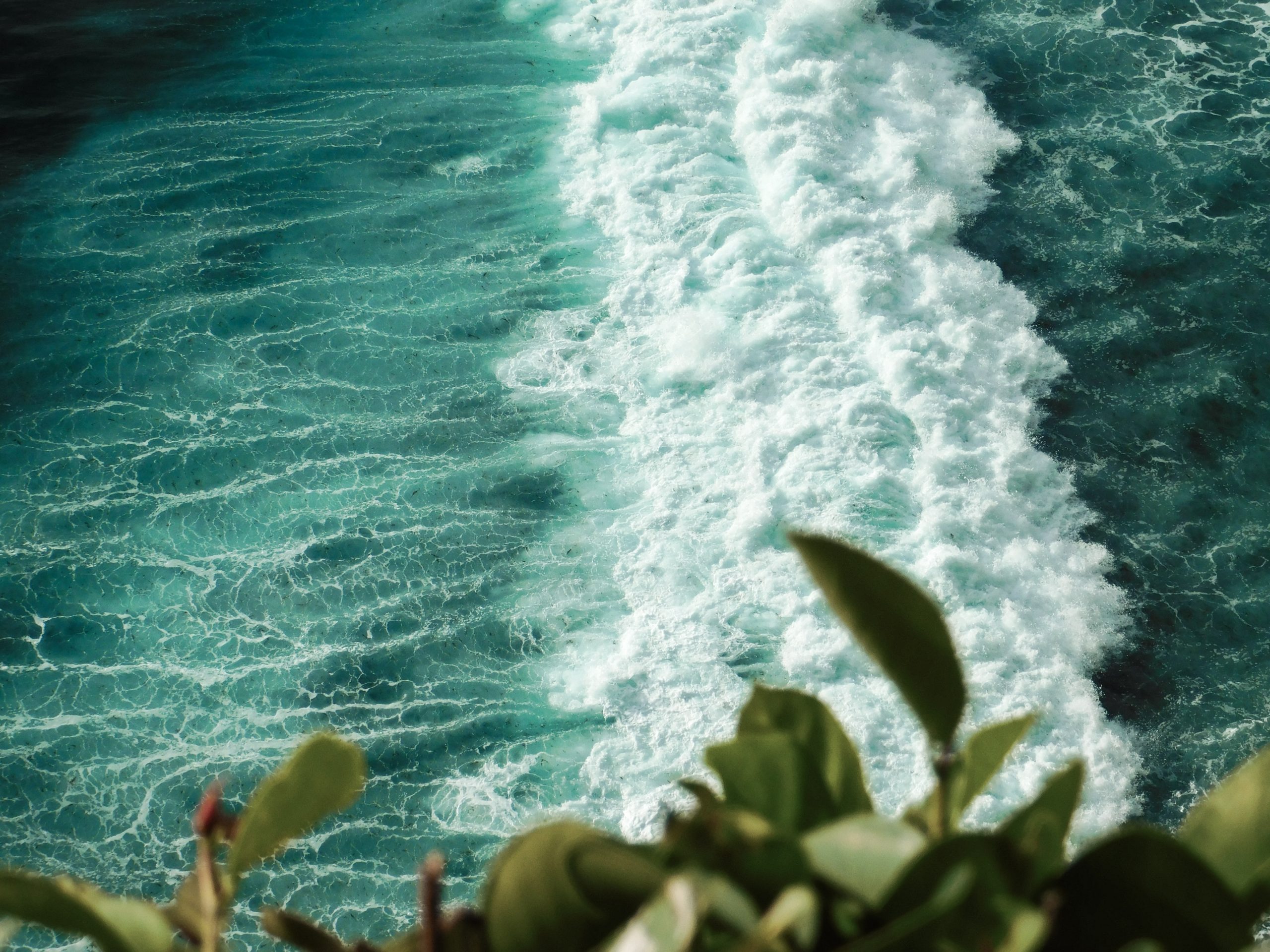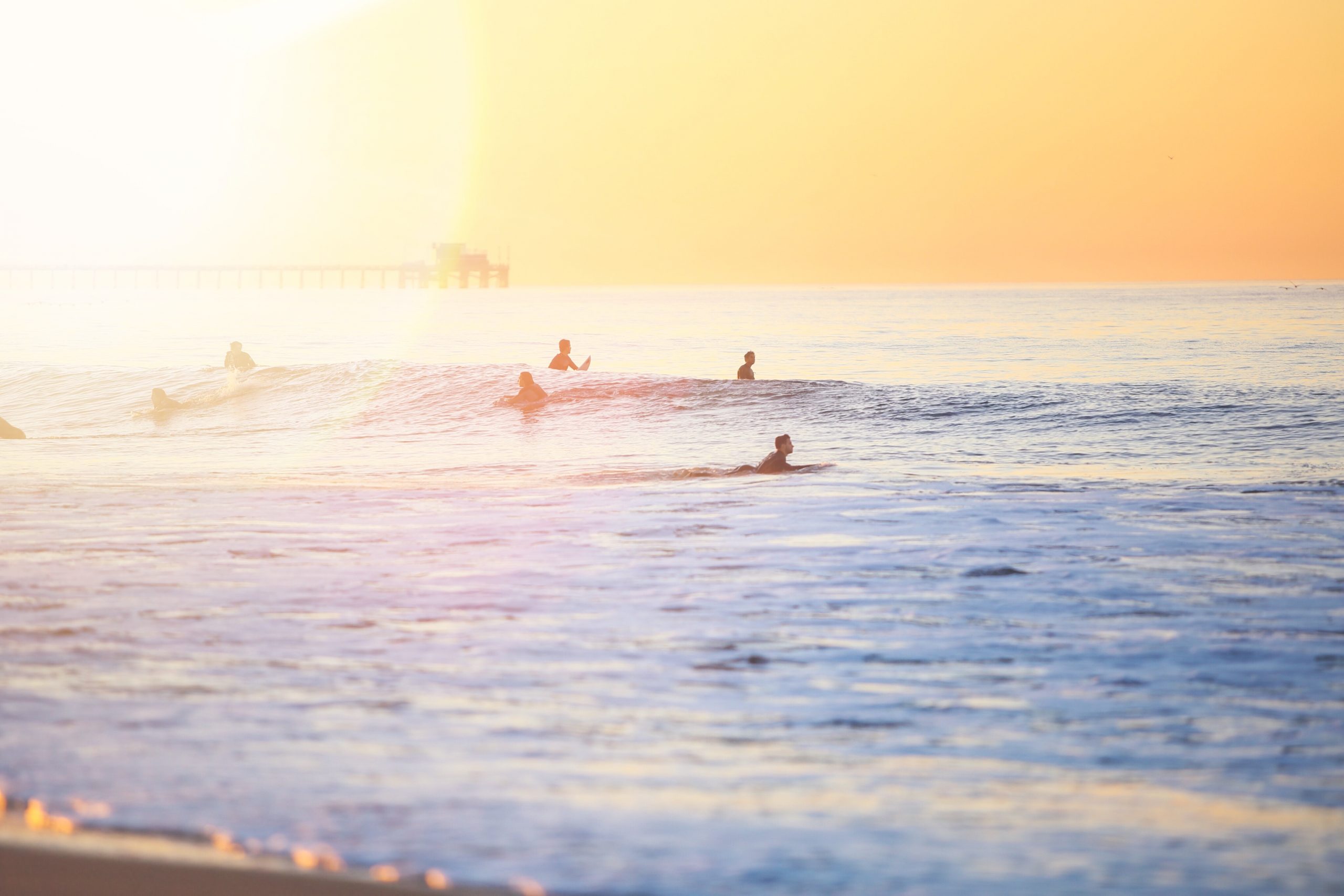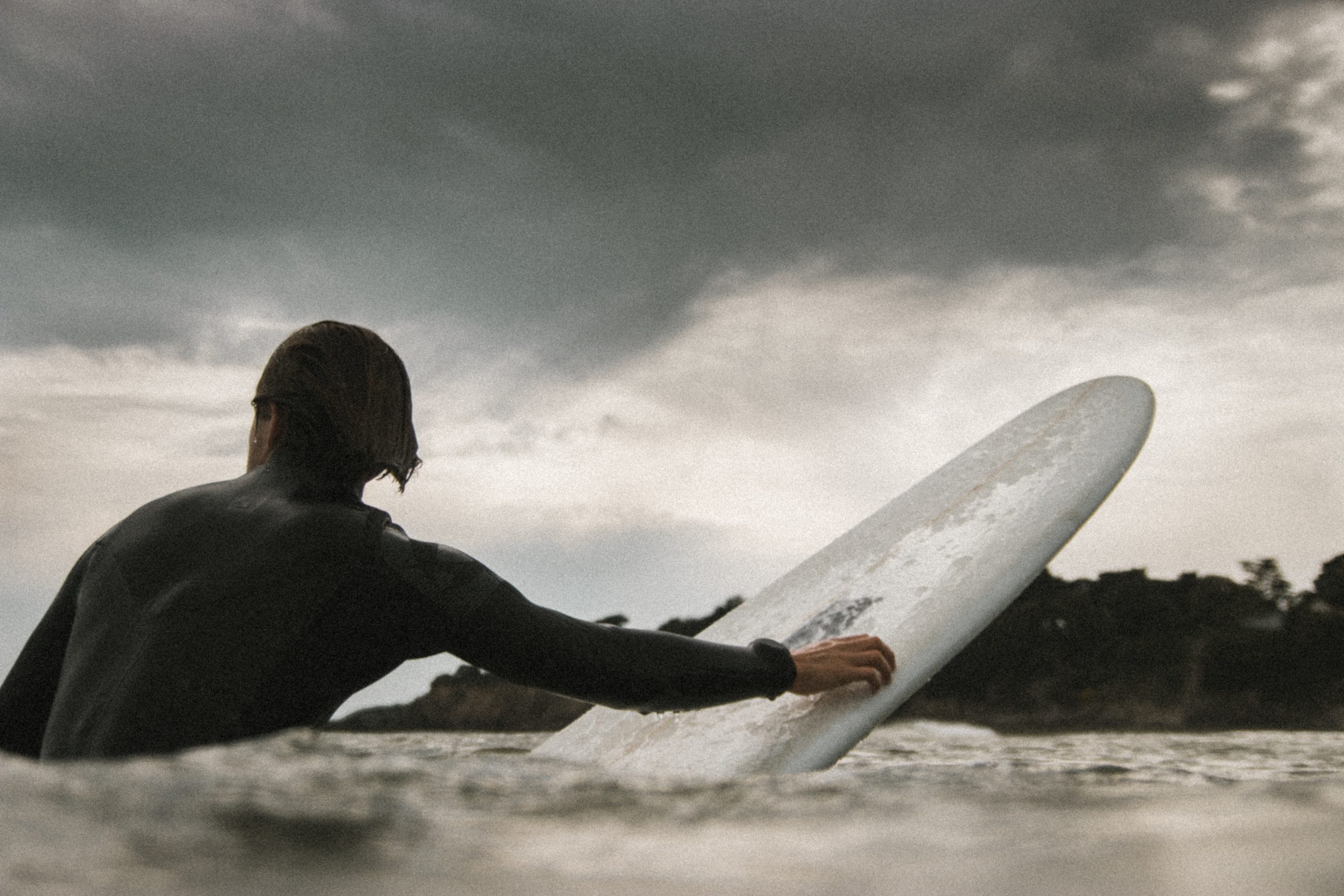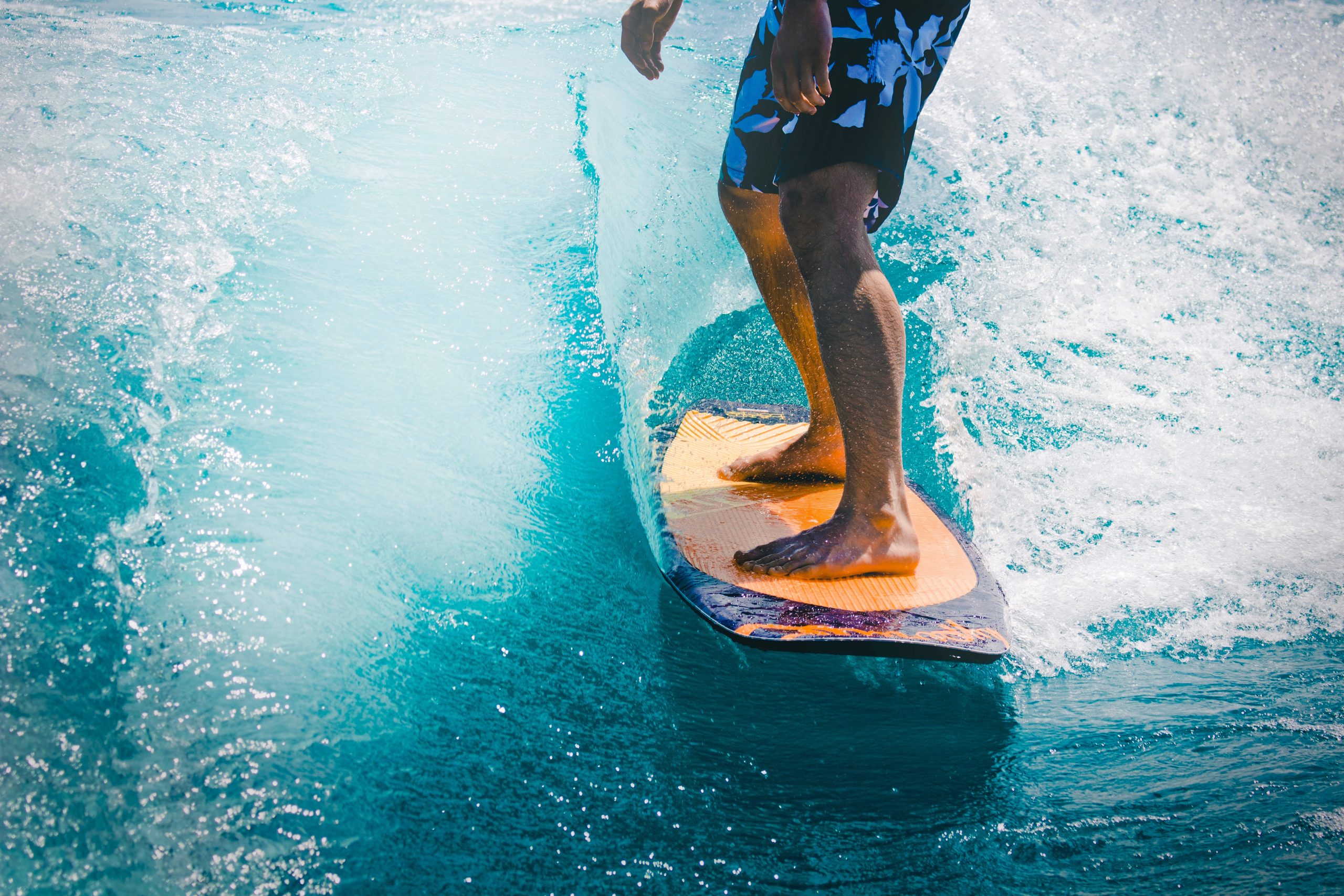You’ve decided to learn how to surf? That‘s great!
Read our tips about basic surfing skills and get ready for your first surfing session.
You’ve decided to learn how to surf? That‘s great!
Read our tips about basic surfing skills and get ready for your first surfing session.

You’ve decided to learn how to surf? That‘s great!
Read our tips about basic surfing skills and get ready for your first surfing session.
Before you enter the water, check the spot and warm up: Every experienced surfer checks the spot before they surf.
Look at where and how often waves break. Where are the lineup, the peak and the channel for getting back to the lineup after riding a wave? How strong is a shore break and where do you best enter the water? Be aware of shore break and rip currents.
While paddling to the lineup, keep your mental map of the spot in mind. You should know how to avoid crashing waves that could knock you off your board. It takes time to get the techniques of Eskimo Roll and Duck Dive right.
The small waves you saw from the beach seem huge from the water.
Always keep an eye out for the other surfers in the area when you are paddling out. The surfer that catches the wave has priority – you should not impede or disturb the rider in any way.
When the breaking waves are over, the water becomes still and you have the opportunity to take a rest.

When the breaking waves are over, the water becomes still and you have the opportunity to take a rest.
The lineup area is where surfers sit on their boards and wait for a wave. You can watch the waves come in and move to the right place to surf. Watch for as long as you need to see where the wave begins to curl.
Experienced surfers know how to predict the waves – how big they are and where they will break. If you see a suitable wave, have the nose of your board face the shore. Lie on it and get ready to paddle. The longer your board, the easier it is to catch the wave, because it offers the maximum amount of stability and speed.

Experienced surfers know how to predict the waves – how big they are and where they will break. If you see a suitable wave, have the nose of your board face the shore. Lie on it and get ready to paddle. The longer your board, the easier it is to catch the wave, because it offers the maximum amount of stability and speed.
The longer your board, the easier it is to catch the wave because, it offers the maximum amount of stability and speed.
Always practice on the beach first, so that you know how to stand up properly and are ready to perform the movement when you are in the water.

Always practice on the beach first, so that you know how to stand up properly and are ready to perform the movement when you are in the water.
So you‘re balanced and comfy on your board, riding down a wave‘s face. It‘s time to work on turning and maneuvering your board. Apply pressure to the back of the board as you lean with the carve slightly. Your hips, head and torso should remain fairly upright, while you use your lower body to steer the board.

So you‘re balanced and comfy on your board, riding down a wave‘s face. It‘s time to work on turning and maneuvering your board. Apply pressure to the back of the board as you lean with the carve slightly. Your hips, head and torso should remain fairly upright, while you use your lower body to steer the board.